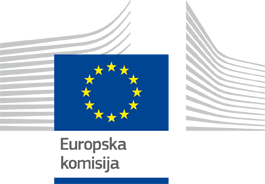The Bohuslän region is strongly linked to the oceans and fisheries which have for more than 500 years been a source of sustenance and livelihood for local inhabitants. At the same time, seasonal dwellers, tourists and other visitors enjoy the fantastic landscape where fishing and environmental concerns are paramount.

